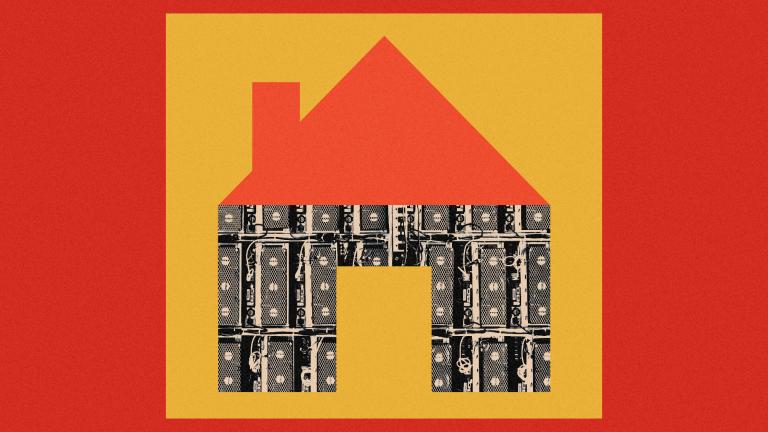In today’s Main Dish, I attempt to lay out the long and twisted tale of Archer Daniels Midland’s government-aided hijacking of the nation’s biofuel market. (A while back, during the Poverty and the Environment series, I tried to tell the related story of how ADM high-jacked the food system.)
A few days ago, an interesting bit caught my eye in the Wall Street Journal that I couldn’t fit into my piece. It’s a twist on the topic of ADM, high-fructose corn syrup, ethanol, and Brazil.
As anyone who read today’s article will know, high-fructose corn syrup owes its ubiquity to the infamous sugar quota signed into law way back in the early 1980s, which jacked up the price of domestic sugar and gave high-fructose corn syrup a foothold.
Now high-fructose corn syrup prices are dramatically rising, as booming demand for ethanol is pushing up the price of corn. Does that mean companies will now abandon HFCS for sugar?
Well, no. The Journal reported (sub) Tuesday that:
High-fructose corn-syrup prices have surged with processing constraints and rising corn prices, but industry members don’t expect food and beverage makers to switch immediately to sugar and say they will absorb extra costs.
Hmm. High-fructose corn syrup’s price is surging even as its reputation falls as people associate it with empty calories and obesity. Why wouldn’t the food giants just switch to sugar?
One reason is what the economists call “asset inertia.” As one economist told the Journal, “Big food manufacturers won’t switch to using more sugar mainly because of past investments in equipment, systems and labor.”
That sucks. The U.S. food system’s government-generated reliance on HFCS has ossified into an addiction.
Another reason is that, as expensive as HFCS has gotten — the journal claims its price has risen 20 percent this year — sugar prices remain even higher.
Now, though, it’s not the sugar quota that’s boosting the U.S. price of sugar, it’s Brazil’s sugarcane ethanol program. Just as demand for corn ethanol is pushing up corn’s price, demand for cane-based ethanol is pushing up the sugar price.
Which reminds me of something I wrote back in May:
So here’s my thesis: As the price of sugar surges, ADM can force Coca-Cola and other big HFCS buyers to accept higher prices, without fearing that these big buyers switch back to sugar. Brazil’s ethanol program may thus be supplying ADM with a windfall on HFCS.
And here’s another twist: Some U.S. politicians are calling for an end to the restrictive tariff that protects ADM’s corn-ethanol business from foreign competition. Brazil can produce sugarcane-based ethanol more cheaply than ADM can make corn-based ethanol. If the tariff ends, Brazilian ethanol swamps the U.S. market and ADM loses, right?
Well, yes, but that scenario would also spur rising sugar prices and — if I’m right — mean surging profitability for ADM’s high-fructose corn syrup operation. Some companies just can’t lose.


